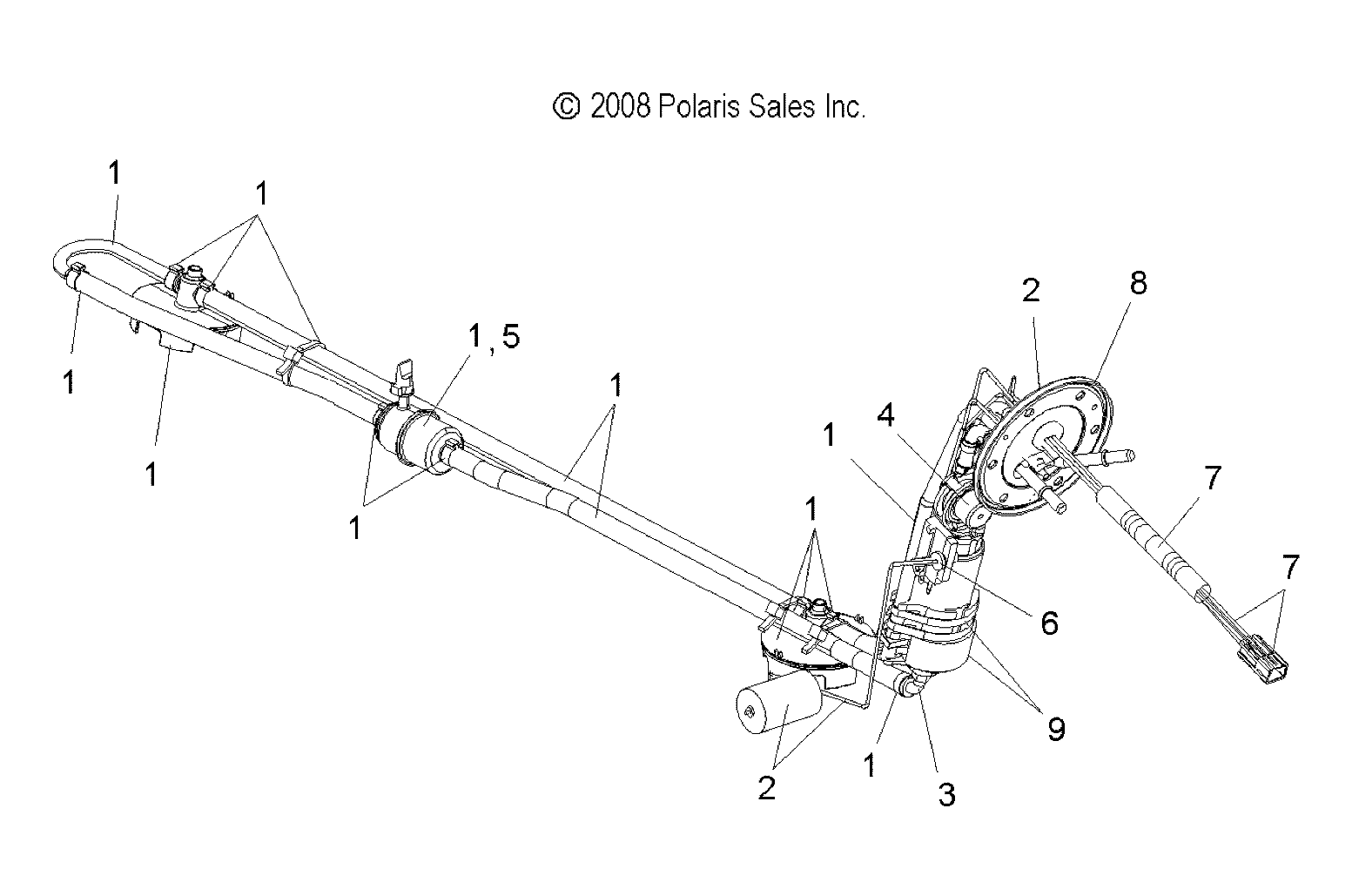H
Holomis International
Well-known member
Now it is time to install the intercooler. We moved the gas tank out of the way by removing the 2 tank bolts and simply lifting and sliding. Then we greased the O rings really well and slid the intercooler into place. We found by using a slight pry bar between the secondary drive shaft and the lower portion of the intercooler we could gain good leverage to seat the intercooler fully. Once the intercooler was seated fully the bolts lined up perfectly and we secured the intercooler in place.
Again because our sled is a 2007 the rear mounting bracket on the intercooler did not line up, so after a couple minutes of pondering we came up with this good solution. We removed all the bracket hardware including the rubber mount and in place installed a aircraft grade bolt with a sleeve and then a large washer along with a nylock nut. Then we took the rubber strap that was used to attach the upper portion of the stock airbox and fed it through a opening a lower bracket on by the intercooler. Then we simply pulled it over our bolt with washer and it held perfectly. This allows the intercooler to still have movement without being to loose. We also installed the coolant lines and the vacum lines.
Finally we installed the charge tube, we found it easiest to feed it from the turbo side and have the clamps removed from the charge tube to avoid hanging up on any lines. Once we got it through we did a couple slight adjustments on how far the silicon fittings were out and it fit perfect. The only thing we will have to do is change where the pull cord guide goes as it rubs on the charge tube, this procedure is outlined in the instructions.
Thanks
FLM Staff
www.holomis.com
info@holomis.com







Again because our sled is a 2007 the rear mounting bracket on the intercooler did not line up, so after a couple minutes of pondering we came up with this good solution. We removed all the bracket hardware including the rubber mount and in place installed a aircraft grade bolt with a sleeve and then a large washer along with a nylock nut. Then we took the rubber strap that was used to attach the upper portion of the stock airbox and fed it through a opening a lower bracket on by the intercooler. Then we simply pulled it over our bolt with washer and it held perfectly. This allows the intercooler to still have movement without being to loose. We also installed the coolant lines and the vacum lines.
Finally we installed the charge tube, we found it easiest to feed it from the turbo side and have the clamps removed from the charge tube to avoid hanging up on any lines. Once we got it through we did a couple slight adjustments on how far the silicon fittings were out and it fit perfect. The only thing we will have to do is change where the pull cord guide goes as it rubs on the charge tube, this procedure is outlined in the instructions.
Thanks
FLM Staff
www.holomis.com
info@holomis.com































